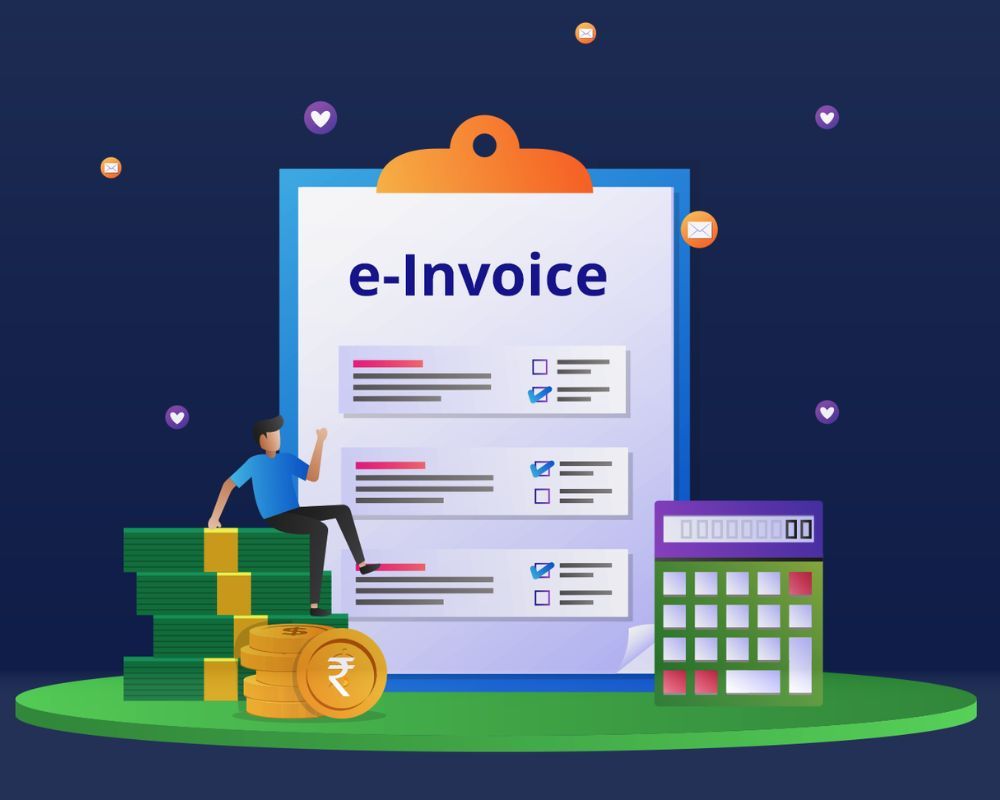Introduction
In the ever-evolving landscape of taxation in India, the introduction of GST (Goods and Services Tax) has been a significant step towards streamlining the tax system. One of the key advancements in this journey is GST E-Invoicing. This game-changing initiative aims to bring transparency, reduce tax evasion, and simplify compliance for businesses. In this blog, we will provide you with a practical implementation guide for GST E-Invoicing, helping you navigate this crucial aspect of GST seamlessly.
Understanding GST E-Invoicing
GST E-Invoicing is a system where businesses are required to generate invoices in a standardized electronic format and submit them to the GSTN (Goods and Services Tax Network). These e-invoices are then authenticated by the GSTN, and a unique Invoice Reference Number (IRN) is generated for each invoice. The IRN is essential for the invoice to be considered valid under GST.
Practical Steps for Implementing GST E-Invoicing
- Assessment of Applicability:
- Determine whether your business falls under the threshold for GST E-Invoicing, which is typically based on turnover. Currently applicable to taxpayers having an aggregate turnover of more than Rs 5 crore, Notification number: 10/2023-Central tax
- Verify if your industry or sector is mandatorily required to comply with GST E-Invoicing.
- Upgrade Your Accounting Software:
- Ensure that your accounting software is GST E-Invoicing compatible. Most major accounting software providers in India have updated their systems to support E-Invoicing.
- Generate E-Invoices:
- Create invoices in the prescribed format, including all mandatory details such as:-
- GSTIN (Goods and Services Tax Identification Number)
- Invoice Number and Date
- Supplier and Recipient Details
- Item Details
- Taxable Value and Tax Amount
- HSN/SAC Code
- Place of Supply
- Payment and Delivery Terms
- Shipping and Billing Address
- Discounts and Other Charges
- Signature and QR Code
- Validate the invoices to ensure compliance with GST E-Invoicing rules.
- Generate IRN and QR Code:
- Once your invoice is ready, you need to generate an IRN and QR code using the GSTN portal or through your accounting software.
- Report to the GSTN:
- Upload the e-invoice data to the GSTN portal for validation and generation of IRN.
- Ensure that the IRN is mentioned on your invoice.
- Real-Time Reporting:
- Be prepared for real-time reporting, as the invoice data is instantly shared with the GSTN.
- Integration with ERP Systems:
- For large enterprises, consider integrating your ERP systems with the GSTN portal for seamless E-Invoicing.
- Compliance and Record Keeping:
- Maintain proper records of all e-invoices, as these will be crucial during audits.
- Regularly reconcile your e-invoice data with your accounting records.
Benefits of GST E-Invoicing
- Reduced Errors: E-Invoicing reduces manual data entry errors, ensuring accurate and error-free invoices.
- Improved Compliance: It facilitates real-time validation of invoices, making it easier to comply with GST regulations.
- Efficiency: Automation of invoicing processes leads to greater efficiency in your business operations.
- Transparency: The system promotes transparency in transactions, reducing the scope for tax evasion.
- Simplified Audits: Access to electronic records simplifies the audit process, saving time and resources.












1425 Likes